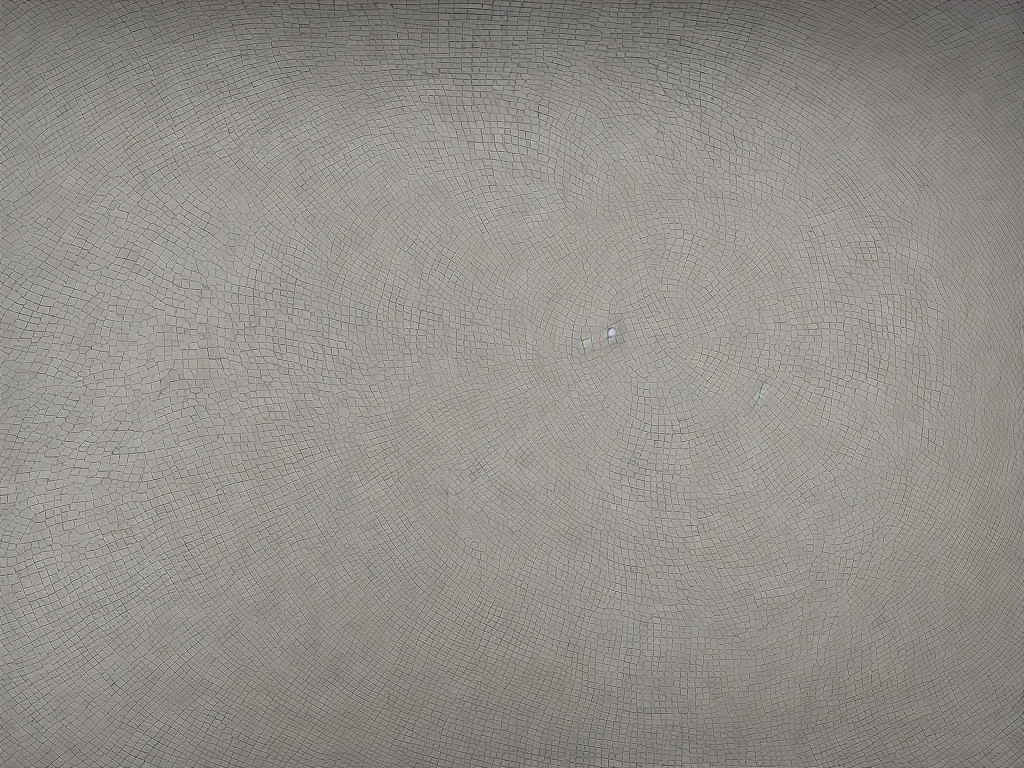
A cylinder is one of the most common shapes in daily life. It is widely used in various engineering and scientific applications. The volume of a cylinder is the amount of space it occupies and can be calculated by using a simple formula. In this article, we will go through the steps on how to find the volume of a cylinder.
Step 1: Understand the Structure of a Cylinder
Before we start calculating the volume of a cylinder, it is important to understand the structure of a cylinder. A cylinder has two circular bases that are parallel to each other with a curved surface connecting them. The radius of the circular base is the distance from the center of the circle to its edge. The height of the cylinder is the perpendicular distance between the two circular bases.
Step 2: Identify the Variables Required
To calculate the volume of a cylinder, we need to know the radius of the circular base (r) and the height of the cylinder (h). These are the variables that we will be using in our formula.
Step 3: Use the Formula
The formula for calculating the volume of a cylinder is as follows:
V = πr²h
Where V is the volume, π is the mathematical constant pi (approximately equal to 3.14), r is the radius of the circular base, and h is the height of the cylinder.
Step 4: Determine the Measurements
To use the formula, you need to know the values of the radius and height of the cylinder. You can measure the radius of the cylinder by using a ruler or a measuring tape. The height of the cylinder can also be measured using the same tools.
Step 5: Plug-in the Values in the Formula
Once you have determined the radius and height of the cylinder, you can plug in the values in the formula mentioned above and calculate the volume of the cylinder. Let's take an example to illustrate this:
Suppose we have a cylinder with a radius of 4 cm and a height of 10 cm. We can calculate the volume of this cylinder as follows:
V = πr²h
V = 3.14 x 4² x 10
V = 502.4
Therefore, the volume of the given cylinder is 502.4 cubic centimeters (cc).
Step 6: Round Off the Answer
Always round off the answer to an appropriate number of decimal places. It is important to maintain the same unit of measurement throughout the calculation.
Step 7: Check the Answer
It is always a good practice to check the answer for accuracy. You can do this by using an online cylinder volume calculator or by manually calculating the volume using the formula for a few more examples.
Alternative Method:
There is an alternative method to calculate the volume of a cylinder, which is by using the diameter of the circular base. If you know the diameter (d) of the circular base, you can use the following formula to calculate the volume of the cylinder:
V = π(d/2)²h
Where V is the volume, π is the mathematical constant pi (approximately equal to 3.14), d is the diameter of the circular base, and h is the height of the cylinder.
Steps to follow:
1. Identify the diameter and the height of the cylinder.
2. Divide the diameter by 2 to find the radius of the circular base.
3. Substitute the values of the radius and height in the formula above.
4. Solve the equation to calculate the volume of the cylinder.
5. Round off the answer to an appropriate number of decimal places.
Conclusion:
Calculating the volume of a cylinder is a fundamental concept in mathematics, engineering, and science. By following the simple steps mentioned above, one can easily calculate the volume of a cylinder. Practice makes perfect, so try solving a few more examples to gain confidence in your calculations.
 Self-Instruct
Self-Instruct